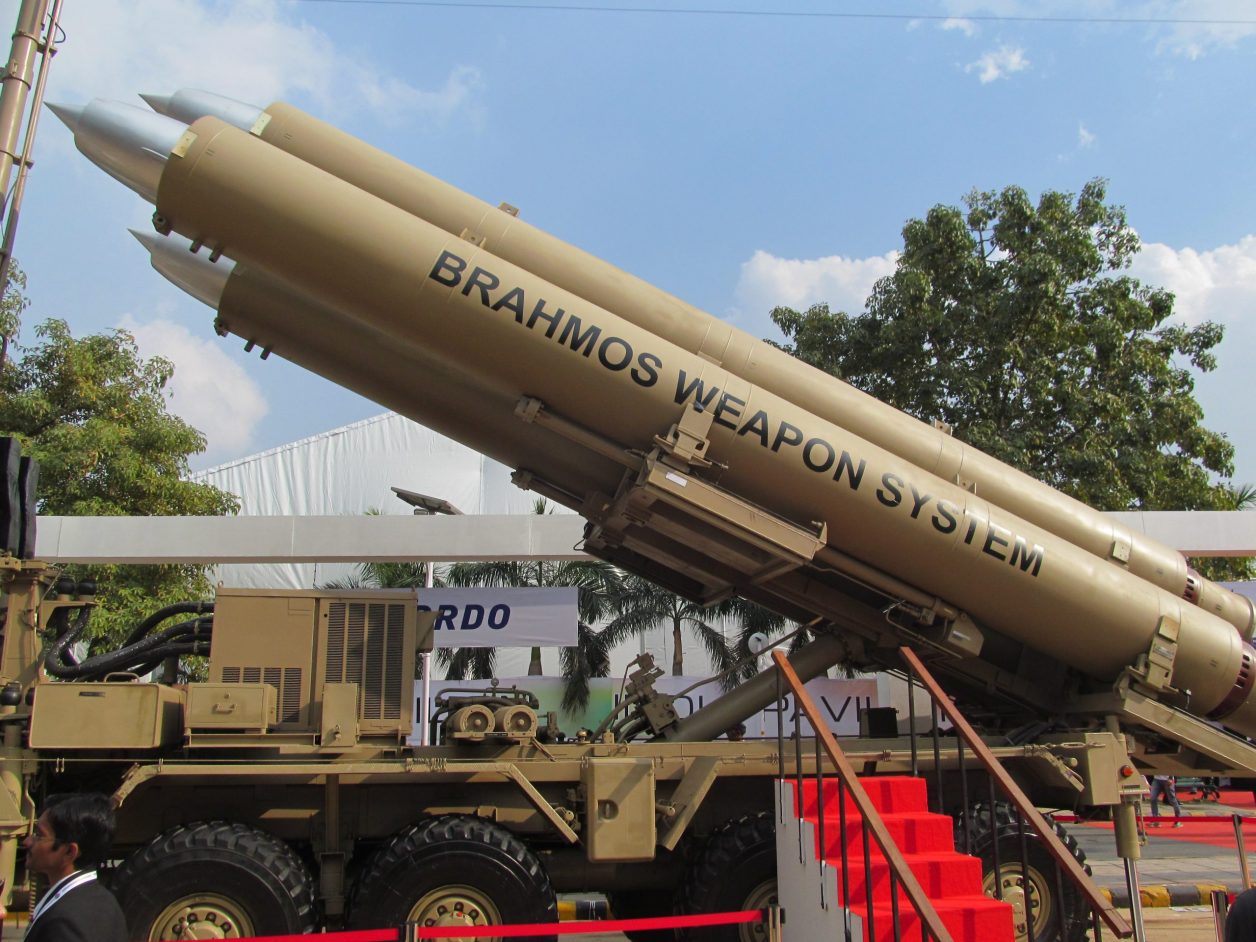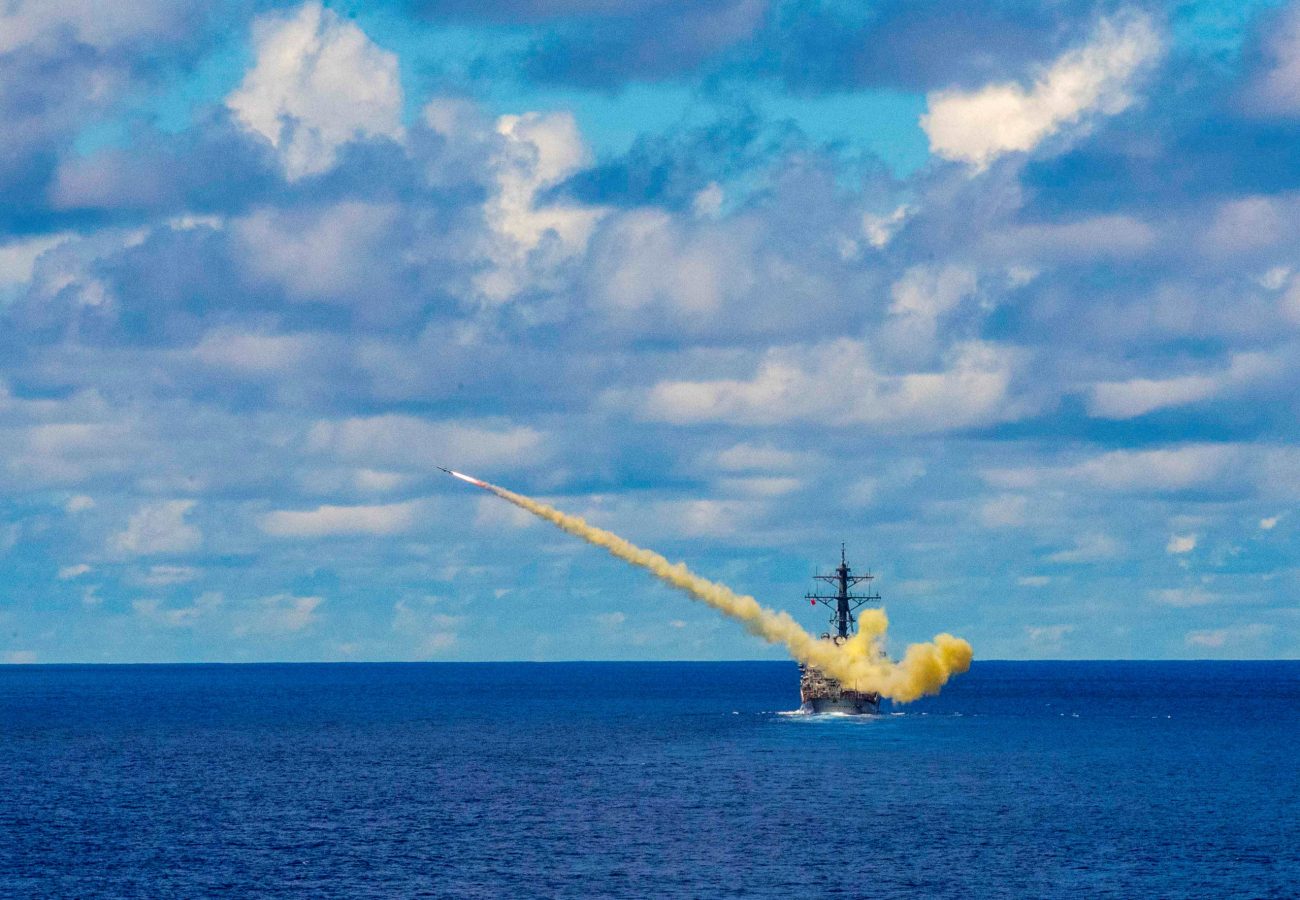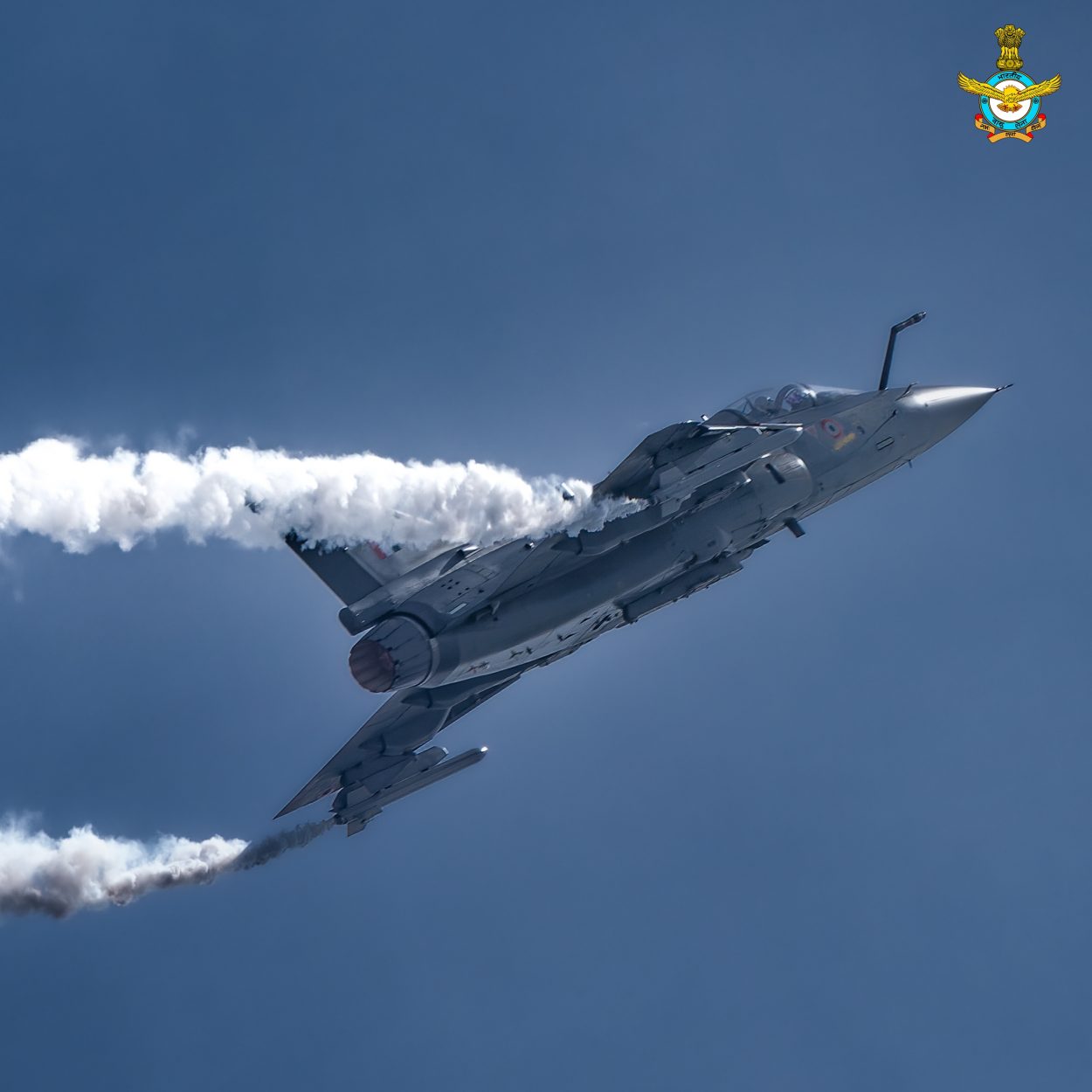After inking its first-ever export agreement for the BrahMos supersonic cruise missile with the Philippines, India has been eyeing other countries in Southeast Asia, with a particular emphasis on Indonesia.
China Is Expanding Nuclear Test Facilities; New Satellite Images Reveal Dragon’s Dangerous Plans
BrahMos Aerospace CEO Atul Rane recently told TASS that about three or four nations in South East Asia and the Middle East could buy Indo-Russian BrahMos missiles in the next few years.
“I expect another one or two we will have another three-four countries on board from South East Asia and the Middle East. Those countries which are coming in the press – Vietnam, Indonesia, Malaysia,” the chief executive said. “In the Middle East, it could be UAE, Saudi Arabia,” Rane emphasized.
Oman has also shown interest in the BrahMos missiles, Rane said.
Earlier, according to some sources that confirmed to Financial Express Online, “Talks with Indonesia are in advanced stage for the export of the Indo-Russian BrahMos supersonic cruise missile.
If a deal is indeed signed between the two sides, Indonesia will become the second ASEAN member country after the Philippines to import missiles from India. In January 2022, India signed a $375 million deal with Manila to supply three BrahMos ground-based anti-ship missiles.
In 2018, Indonesia first expressed interest in purchasing the Indo-Russian jointly produced cruise missile. As talks proceeded, a team from the BrahMos joint venture visited an Indonesian shipyard in Surabaya in 2018 to “assess the fitting of the missile on Indonesian warships,” as noted by Hindustan Times.
The negotiations with Jakarta have been in advanced stages for a while and were also on the “top of the agenda” when the Indonesian Defense Minister visited India in July 2020.

Indonesia plans to equip its warships with the BrahMos missile. The short-range BrahMos ramjet supersonic cruise missile can be launched from aircraft, ships, land platforms, and submarines. Additionally, this missile can fly at 2.8 Mach, or three times the speed of sound.
The agreement with Indonesia, which is anticipated to be finalized by the year’s end or next year, will offer India a strategic foothold in the area and accelerate the policy push to increase defense exports significantly.
India has traditionally been a defense importer, and the present government is hell-bent on carving its space in the export market.
However, that also presents a question of why the South East Asian countries are showing interest in the BrahMos missile jointly developed by India and Russia over the Harpoon missile developed by the United States.
It is pertinent to note that the US has a close functional partnership with most ASEAN states. In fact, Taiwan already has Harpoon missiles in the wider Indo-Pacific region. EurAsian Times spoke to experts for a perspective.
Why BrahMos Over Harpoons?
The Harpoon is an over-the-horizon, subsonic, high-explosive anti-ship missile. It follows its target with active radar and detonates on contact. The missile’s 224-kilogram payload is intended to provide a sharp burst.
The flexible missile can be launched from vehicles, including trucks, submarines, and airplanes. The Harpoon has gone through several Blocks or stages of development.
The newest operational Harpoon model, Block 2, has enhanced resilience to countermeasures and better targeting, among other significant characteristics.
In contrast, BrahMos is one of the few cruise missiles worldwide that can travel at high supersonic speeds. The missile is exceptionally challenging to intercept due to its speed. Harpoon is a subsonic missile, while BrahMos’ supersonic speed is one of its most significant advantages.

Another advantage that BrahMos has over the Harpoon missile is its low radar signature which makes it harder to intercept. While Harpoon Block II missile has a maximum range of 240 kilometers, the BrahMos can hit a target as far as 290 kilometers. Further, the BrahMos can carry a payload of 200-300 kilograms.
While the Harpoon can be launched from a fixed-wing aircraft, surface ship, and submarines, the BrahMos missile could be launched from the ground, ships, submarines, and fixed-wing aircraft.
While the Philippines has bought ground-based anti-ship missiles, Indonesia could be buying the warship variant. This is the versatility that BrahMos offers.
According to a Philippines-based military analyst Miguel Miranda, “the Indonesian navy operates a dazzling and somewhat ridiculous arsenal of different naval and coastal weaponry, including Chinese anti-ship missiles and even the Russian Yakhont, which is the missile the BrahMos is based upon.
The Harpoon is combat proven and in service with many countries, but it’s far from a unique weapon system as it’s subsonic, radar homing, and an old design. There are many similar missiles, and the Indonesians already have French-made Exocets.
The biggest selling point of the BrahMos is that it’s from a family of supersonic missiles that can be used on mobile launchers, naval surface and subsurface combatants, and even aircraft.”
While these are technical aspects, former Vice Admiral of the Indian Navy Shekhar Sinha gave us a different perspective: “First, affordability & cost is a preeminent reason. Second, in the foreign policy assessment, ASEAN probably sees Indian policies, both political & security, as more suitable for partnership than the United States.
Third, India’s policy of SAGAR and Act East. Help and assistance to neighbors have made a lasting impression on its maritime neighbors. It is India’s sincerity that is acknowledged by these nations. And lastly, India’s consistency in its China policy provides an underlying similarity with the ASEAN countries.”
India’s BrahMos Route To Challenge China
Apart from Indonesia, several other nations in the South East Asian region, such as Malaysia, Singapore, Thailand, and Vietnam, could be interested in BrahMos, developed on a modest budget of $300 million.
The BrahMos missile is among the best-performing in the class of air-breathing supersonic cruise missiles. The sale would potentially face no obstacle from the Russian side, which mostly remains on cordial terms with most ASEAN countries.
The military and bilateral relationship between India and Indonesia have been steadily strengthening due to Indonesia’s centrality in New Delhi’s Indo-Pacific Policy.
New Delhi sees Jakarta as a critical partner in its ‘Act East’ policy aimed at expanding connectivity and strategic ties with Southeast Asia to counter Chinese influence in the Indo-Pacific region.
The two nations launched a joint project to develop the crucial Indonesian port of Sabang, which is 90 nautical miles from India’s own Andaman and the Nicobar Islands and just off the northern tip of Sumatra side of the Malacca Strait, which is very strategic to China.

India could be seen negotiating a deal with countries with active disputes with China in the South China Sea- mainly the Philippines, Indonesia, Malaysia, and Vietnam.
For instance, China consistently enters Indonesian waters, claiming the Exclusive Economic Zone of Indonesia to the north of the Natuna Islands as “traditional fishing grounds.” In addition to containing fishing grounds, the waters surrounding the Natuna Islands also contain oil and gas resources.
Indonesia’s potential purchase of BrahMos missiles is a part of a more considerable effort to deter China from threatening its sovereignty by strengthening its military. It is also in the process of upgrading its Air Force with new fighter jets.
On its part, the Philippines bears the largest brunt of the contest for the Spratly Islands. In 2021, it complained about the weeks-long presence of dozens of vessels from China’s so-called ‘maritime militia’ at Whitsun Reef, which lies about 320 kilometers (175 nautical miles) west of Palawan Island within its EEZ. The Chinese Coast Guard regularly intimidates the Filipinos at sea.
As for Vietnam, it remains embroiled in a perpetual dispute with China over the ownership of the Paracel Islands. Faced with an enemy several times the size of its military, it remains vulnerable to threats from the Chinese PLA. This is one of the primary reasons it is talking with India to purchase a BrahMos missile.
Not too long ago, Indian Defense Minister Rajnath Singh signed India’s first-ever significant Mutual Logistics Agreement in the wake of growing Chinese intimidation in the region. And as far as Malaysia is concerned, India is not only pitching the BrahMos missile but also aggressively pushing the sale of LCA Tejas, which could see a massive breakthrough.

These countries face a threat from China and have ongoing disputes with the Asian giant, assisting them increases China’s burden in the South China Sea.
It is, of course, in India’s interest to ensure that China has enough problems in its backyard to divert its attention and reduce the pressure it can bring on India and the Indian Ocean. India’s ongoing territorial dispute with China makes this much more critical, as do China’s growing naval capabilities.
- contact the author at sakshi.tiwari9555@gmail.com
- Follow EurAsian Times on Google News




